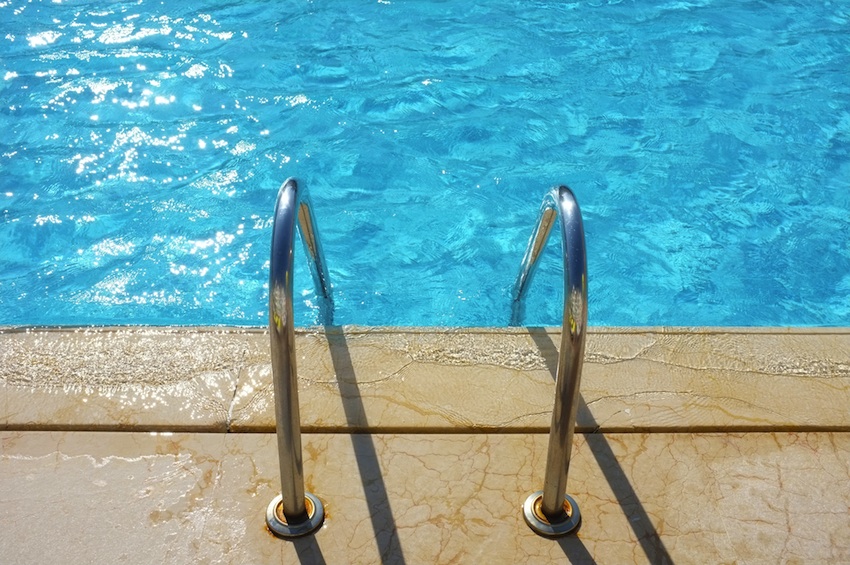Aqua Jogging: Cross-Training in the Pool

Pool image via Shutterstock.
Aqua jogging, or running in the water, is often recommended by doctors and running coaches as a method of cross-training and as a workout for athletes who are recovering from injuries.
“Aqua jogging is literally running in the water,” says Bruce Lehane, Boston University’s head Cross Country coach. “Your feet don’t touch the bottom of the pool, but you cycle your arms and legs in ways that are similar to the running motions used on land. Aqua jogging is a good method of cross-training for runners because it’s sustained aerobic exercise that uses the legs in ways that are similar to land running.”
You can aqua jog at any pool, preferably one with lanes, and the workout is recommended for days when runners need to maintain their endurance without high levels of impact on the joints. “Not only is the heart getting a good workout, along with the blood transport system, but the leg muscles are being worked to promote their stamina and their ability to sustain effort,” Lehane says. “The stamina that you get from aqua jogging is closely aligned to the stamina used when running on land, so it’s a great addition to any runner’s workout.”
When aqua jogging, Lehane recommends picking one lane and grabbing a flotation belt to tie around your waist. Although some athletes may not need a flotation belt, it can be difficult to stay in correct running form without one. Once you’re in the pool, focus on cycling your legs in conjunction with your arms. That will help you to move forward and stay afloat. “Your speed doesn’t matter,” says Lehane. “But make sure to keep up a good running posture with your head up, shoulders squared, hips directly under the shoulders, and elbows at 90 degrees.”
Your aqua jogging workout will likely depend on the level of intensity that you’re looking for in that workout. Lehane recommends that everyone spends at least 10 minutes warming up by jogging at moderate effort in the water or swimming laps easily. Then he recommends 20 minutes of high-intensity work. “That 20-minute window can be broken up into shorter high-level efforts with rest breaks,” he says. You can choose from six two-minute sets of hard work with one minute and twenty seconds of easy work between each set. Or you can pick a medium effort workout, which involves four sets of four-minute hard sections with two minutes and twenty seconds between each set. You can also choose a workout with longer efforts, such as two sets of difficult eight-minute workouts with four minutes of easy rest in between.
“For most people, a 20-minute workout will suffice,” Lehane says. “You should follow that with a 10 minute warm-down period of swimming or easy aqua jogging. You should also remember that mixing up your workouts, both in terms of intensity and length, can keep your workouts from becoming boring.”


